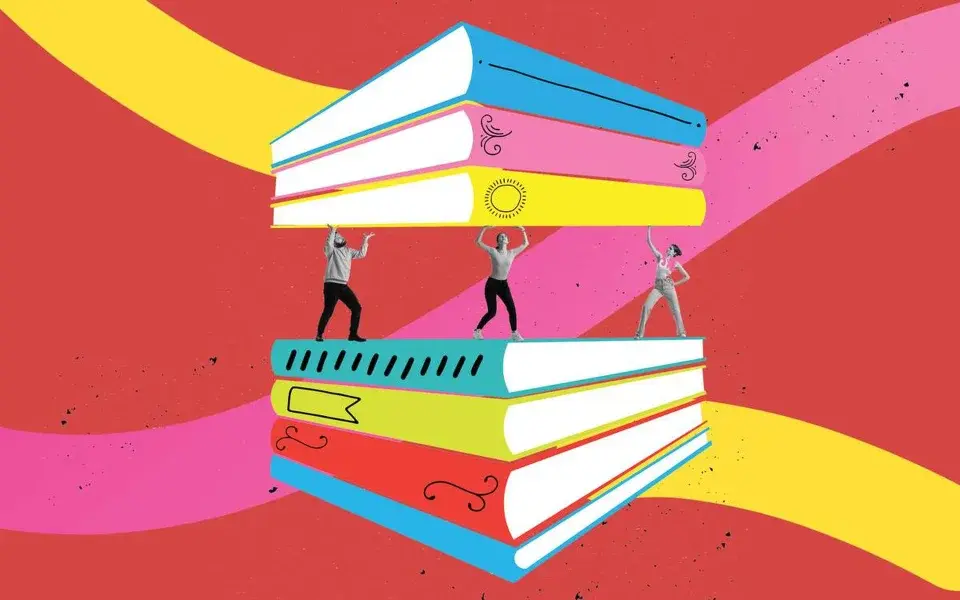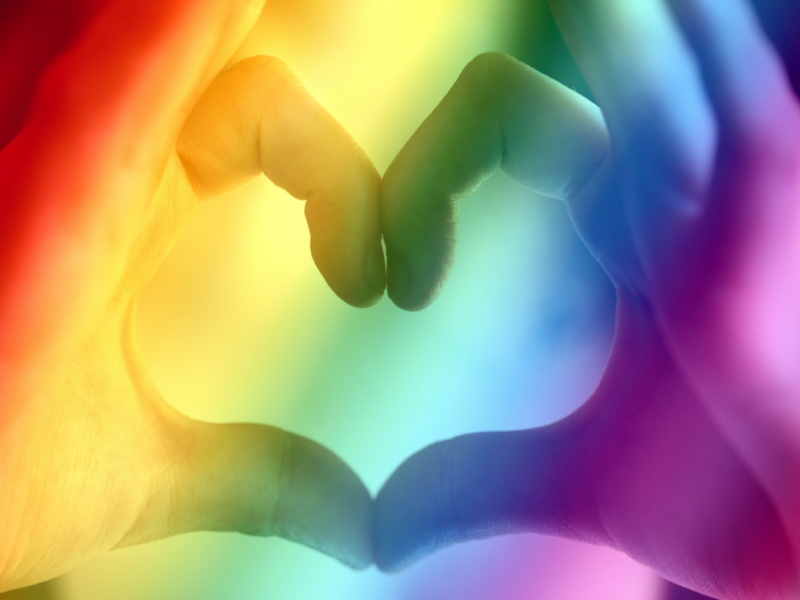Current Trends in Audiobooks
Due to the immense popularity of this format, the audiobooks category is rapidly changing, with publishers and companies experimenting with new ways of creating and delivering these stories. Here are just a few exciting audiobook trends to keep an eye out for in the future.



